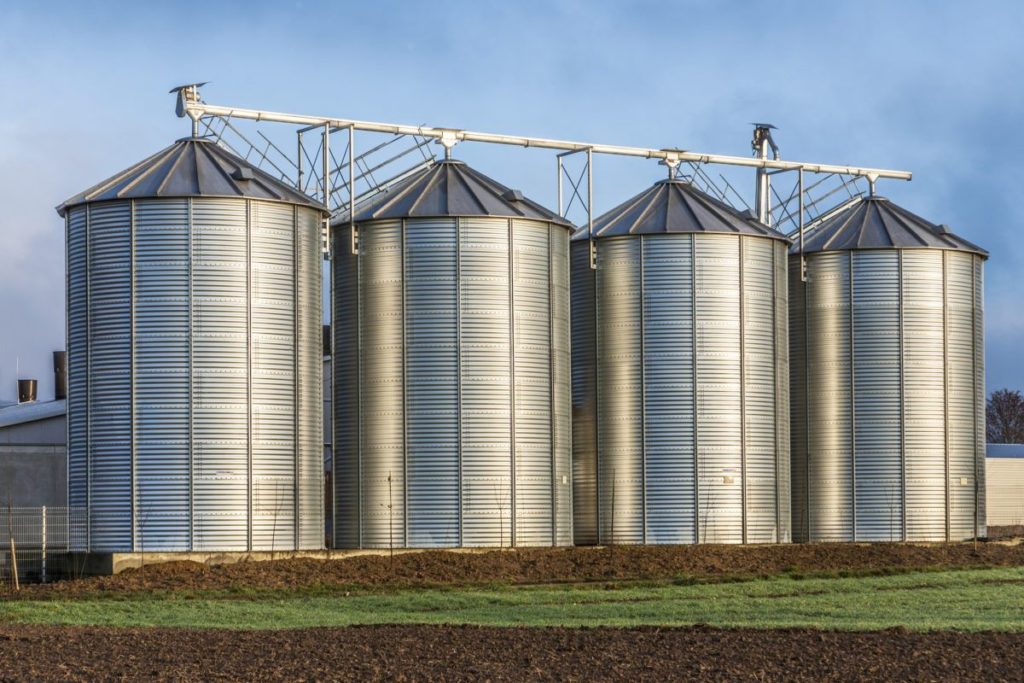If you Google the phrase “breaking down silos”, you get over 100,000 results. If you search for “building silos”, you get about one-fifth as many. The first result is “The Silo Mentality: How to Break Down The Barriers.”
There’s an assumption that silos are a bad thing. But, generally, if something exists, there’s a reason for it.
So rather than breaking down silos, I’d like to take a different point of view and ask:
- Why do silos exist?
- What are the pitfalls?
- How do I make silos work to my advantage?
Why Do Silos Exist?
Silos exist because we have limited time and attention and need to focus on what’s important to do our job. Silos allow you to ignore a whole host of real issues and just solve “your” problems.
For instance, in product development, the mechanical engineers don’t need to sit in on schematic reviews with the electrical engineers or code reviews with the software developers. They need to focus on the mechanical parts of the design and trust that the other engineers are doing their jobs well. This doesn’t mean that the electrical, mechanical, and software engineers don’t have to coordinate, but that their communication focuses on the interfaces between the fields, and not every detail.
When I started the energy committee for the local chapter of the Sierra Club, I became an active advocate of silos. I had a limited number of hours I could devote to the committee (my wife referred to herself as “a Sierra Club widow”). The club had a century of history of protecting forests, rivers, and wildlife, and I was trying to do something different: encouraging the development of wind farms, solar power, and energy conservation. I promised the executive committee that I wouldn’t do anything that was at cross purposes to their other efforts, but I was going to operate as a silo.
There was an issue where there might be conflict: removing the Snake River dams. This was a long-standing priority of the Sierra Club, but would not help reduce greenhouse gas emission, my primary concern. I promised my committee would stay out of that issue and put our effort into taking down coal power plants.
I kept the leadership informed of major issues and, when appropriate, we worked with other committees. But I didn’t have time to follow everything that was going on or inform everyone regarding everything we did. They had to trust me, and I had to trust them. This committee has now been around for over a decade and is still largely independent and successful.
What Are the Pitfalls?
The most common pitfall of silos is generally referred to as: “the right hand doesn’t know what the left hand is doing.”
The frustration is enormous when you see two parts of an organization working at cross purposes. This is so common and so gumption-sucking that it’s assumed that anything that will make this happen less often is worth doing.
Almost all the problems with silos have to do with information not getting to where it’s needed.
For example, imagine you’re running a factory. If you haven’t gotten complete design documents from the engineers and forecasts from the sales team, there’s no way to make a sound decisions. You may find when you start up the manufacturing line that you are missing a screw that wasn’t in your bill-of-materials or insufficient parts to keep up with higher than expected demand.
How Do I Make Silos Work to My Advantage?
We think of real silos as isolated towers of grain surrounded by fields, but they aren’t really isolated. Grain goes in and grain comes out. Workers come and go. Information comes in about the price of wheat and the railroad schedule. A silo operator who doesn’t know the price of grain or if there’s room on the next train for his product will fail.
A well-structured silo is like well structured software: each component has well defined inputs and outputs and performs a well-defined task. If you’re in charge of a silo (we’re back to the metaphor), ask yourself what information you need to be successful. You then need to setup a process where you can get that information.
Imagine you’re running a sales team. There’s lots of information you need:
- When new products are launching
- How much it costs to make and your target margins
- The capabilities of each product
There’s also lots of information you don’t need:
- The name of the factory where it’s built
- The names of the team members who designed it
- The production methods (unless it’s novel and interesting to the consumer)
Basically, if it doesn’t help you sell the product, you don’t need to know.
You often hear engineers say things like, “I don’t care about sales or marketing.” But that’s not the right way to operate in a silo.
You need to care enough about the rest of the team to get the information you need for your project to be successful. If you’re designing something that’s very capable and expensive for a market that’s concerned about price, you’ll fail.
The engineers need to know what features the end-users care about and how much they’re willing to spend. They don’t need to read the notes from the focus groups that came to that conclusion (though they’re often worth reading for insight).
The marketing people don’t need to understand the technical details about product development, but they do need to understand if there’s an overlap between what people want and what they’re willing to pay for that’s big enough to make the product development effort worthwhile.
Wheat Isn’t the Only Thing That’s Golden
Remember you’re not the only one in a silo and your job is not just to be a customer of information, but also a provider. When you’re asked for information, use the golden rule and ask, “If I was them, would I want to know what they are asking?”
The answer is probably yes (otherwise, why are they asking?), so be generous with your precious time and help a fellow farmer get her grain to market.








